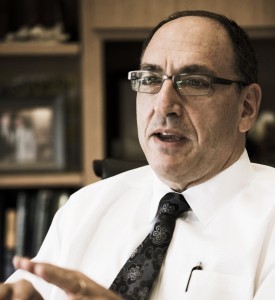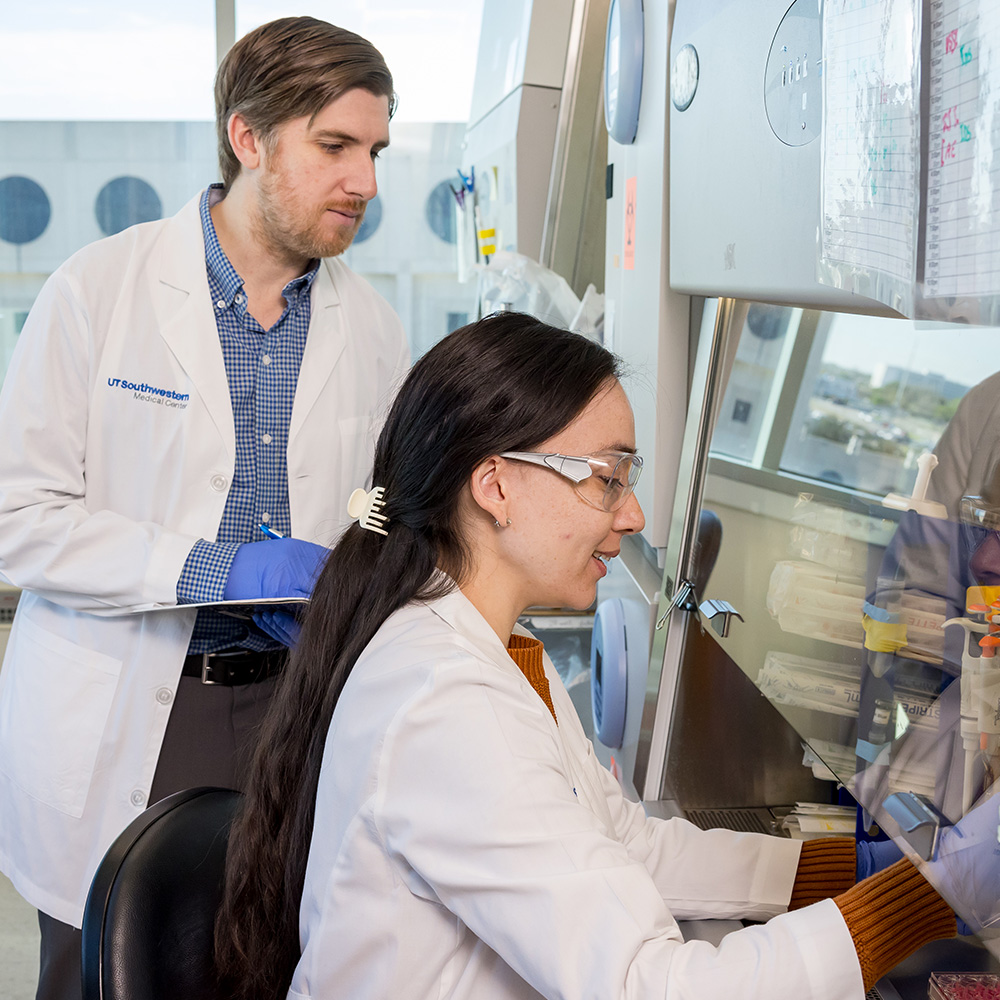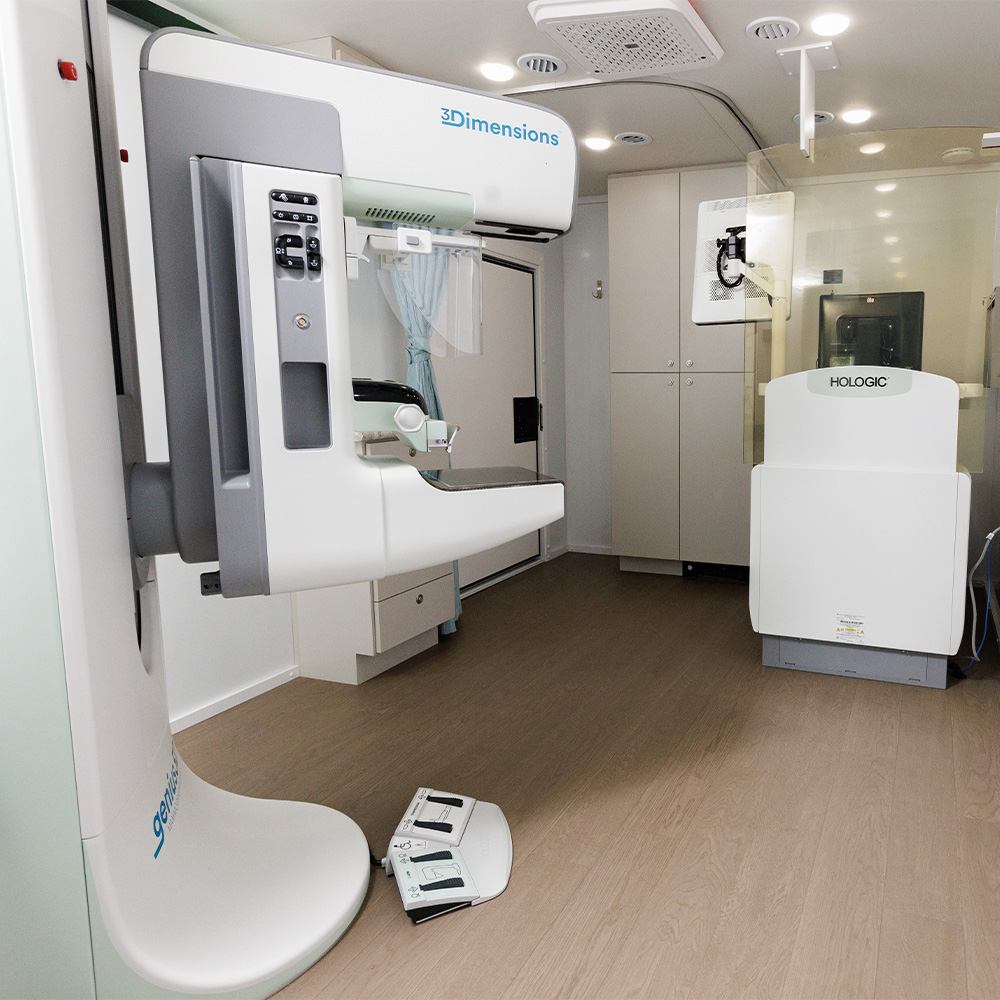Novel MRI technique distinguishes healthy prostate tissue from cancer using zinc

ALLAS – August 22, 2016 – A novel MRI method that detects low levels of zinc ion can help distinguish healthy prostate tissue from cancer, UT Southwestern Medical Center radiologists have determined.
Typical MRIs don’t reliably distinguish between zinc levels in healthy, malignant, and benign hyperplastic prostate tissue, so discovery of the technique could eventually prove useful as a biomarker to track the progression of prostate cancer, according to researchers with the Advanced Imaging Research Center, part of UT Southwestern’s Harold C. Simmons Comprehensive Cancer Center.
“This research provides the basis for differentiating healthy prostate from prostate cancer by use of a novel Zn(II) ion sensing molecule and MRI,” said senior author Dr. A. Dean Sherry, Director of the Advanced Imaging Research Center and Professor of Radiology at UT Southwestern.
The findings appear in the Proceedings of the National Academy of Sciences.
“The potential for translating this method to human clinical imaging is very good, and will be useful for diagnostic purposes. The method may prove useful for monitoring therapies used to treat prostate cancer,” said Dr. Sherry, who is also Professor of Chemistry at UT Dallas, where he holds the Cecil and Ida Green Distinguished Chair in Systems Biology.
The majority of prostate cancers are classified as adenocarcinomas and originate in epithelial cells. The UTSW researchers initially determined that glucose stimulates release of the zinc ions from inside epithelial cells, which they could then track on MRIs. The prostate cancer tissue secreted lower levels of zinc ions, offering an opportunity to distinguish between malignant and healthy tissue. When they tested the technique on mouse models, they were able to successfully detect small malignant lesions as early as 11 weeks, making the non-invasive imaging procedure a potentially useful method for detecting the disease and its progression.
“Prostate cancer often has no early symptoms, so identifying potential new diagnostic methods that might catch the cancer at an earlier stage or allow us to track how it is progressing is an important opportunity,” said co-author Dr. Neil Rofsky, Chairman of Radiology, Director of Translational Research for the Advanced Imaging Research Center, and holder of the Effie and Wofford Cain Distinguished Chair in Diagnostic Imaging.

Prostate cancer is the most common cancer in men in the United States, after skin cancer, and is the second leading cause of death from cancer in men, according to the National Cancer Institute. Prostate cancer occurs more often in African-American men, who are more likely to die from the disease.
Researchers with the Advanced Imaging Research Center are world leaders in developing new MRI tracers, which are non-radioactive, and techniques to reveal the aberrant machinery of cancer, diabetes, obesity, Alzheimer's disease, schizophrenia, depression, and diseases of the heart, lung, and liver. As part of UT Southwestern’s Peter O’Donnell Jr. Brain Institute, the scientists are also mapping the brain in unprecedented detail, offering researchers new understanding of the normal brain and abnormal brain as found in subjects with autism and attention deficit hyperactivity disorder (ADHD).
Magnetic resonance imaging (MRI), which uses only harmless magnetic fields and radio waves, is one of the most benign technologies in medicine for studying and diagnosing medical disorders, enabling researchers to view diseases that afflict millions of people, without the need for surgery, X-rays, or radioactive tracers.
Support for this latest research came from grants from the National Institutes of Health, National Cancer Institute through the Harold C. Simmons Comprehensive Cancer Center, the American Diabetes Association, and the Robert A. Welch Foundation.
Other UTSW researchers from the AIRC, Radiology, Cell Biology, Biochemistry, Pathology, Urology and the UT Southwestern Graduate School of Biomedical Sciences included lead author Dr. Veronica Clavijo Jordan; postdoctoral researchers Dr. Su-Tang Lo; Research Scientist Dr. Sara Chirayil; Senior Research Scientists Dr. Christian Preihs and Dr. Shanrong Zhang; and fellow Dr. Shiuhwei Chen; Dr. Payal Kapur, Associate Professor of Pathology and Urology; and Dr. Wen-Hong Li, Associate Professor of Cell Biology and Biochemistry, and Southwestern Medical Foundation Scholar in Medical Research. Other researchers included Dr. Angelo Lubag.
UT Southwestern’s Harold C. Simmons Comprehensive Cancer Center is the only National Cancer Institute (NCI)-designated comprehensive cancer center in North Texas and one of just 47 NCI-designated comprehensive cancer centers in the nation. Simmons Cancer Center also is among only 30 U.S. cancer research centers to be designated by the NCI as a National Clinical Trials Network Lead Academic Participating Site.
About UT Southwestern Medical Center
UT Southwestern, one of the premier academic medical centers in the nation, integrates pioneering biomedical research with exceptional clinical care and education. The institution’s faculty includes many distinguished members, including six who have been awarded Nobel Prizes since 1985. The faculty of almost 2,800 is responsible for groundbreaking medical advances and is committed to translating science-driven research quickly to new clinical treatments. UT Southwestern physicians provide medical care in about 80 specialties to more than 100,000 hospitalized patients and oversee approximately 2.2 million outpatient visits a year.
###
Media Contact: Lori Sundeen Soderbergh
214-648-3404
Email
To automatically receive news releases from UT Southwestern via email, subscribe at www.utsouthwestern.edu/receivenews




